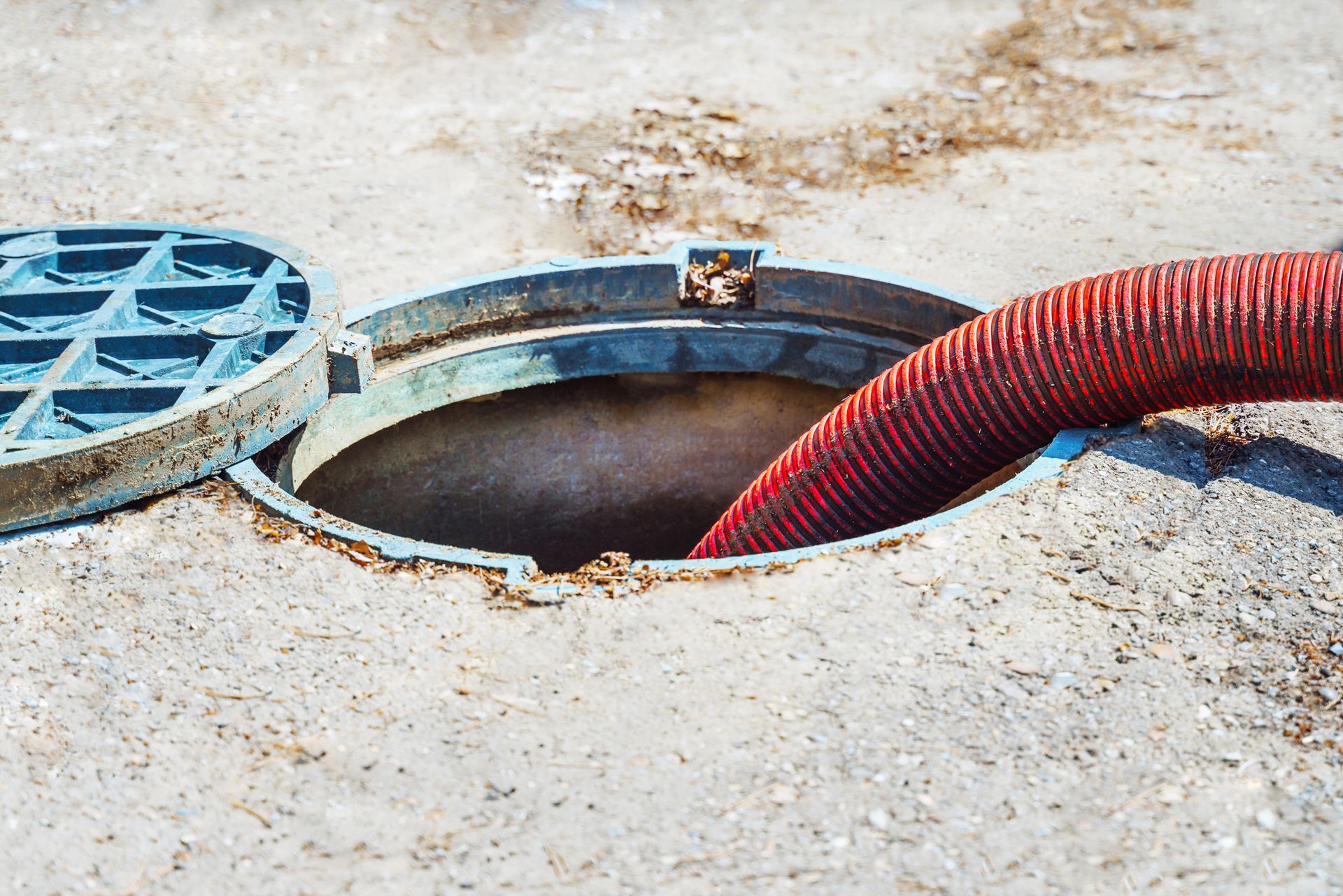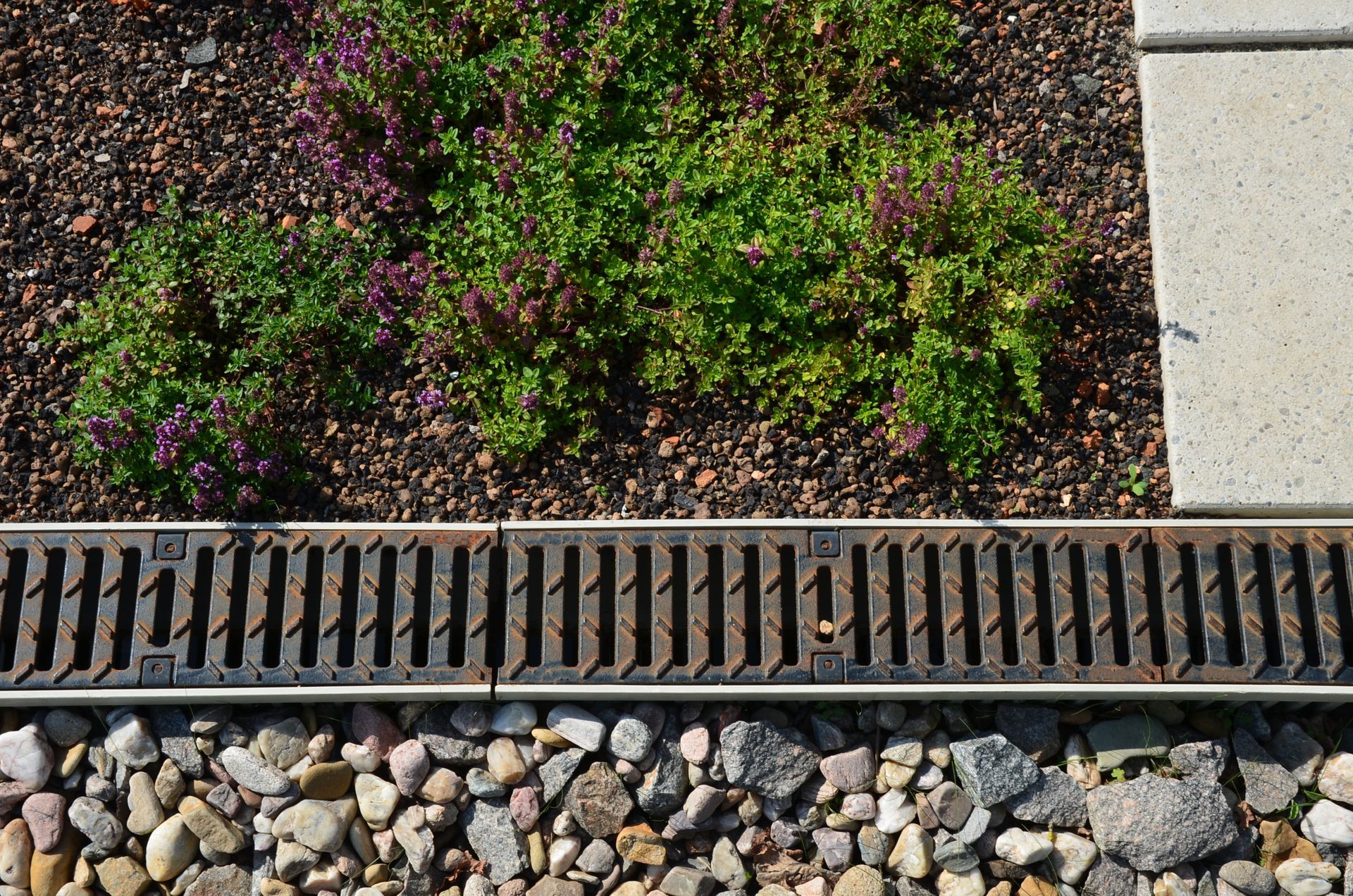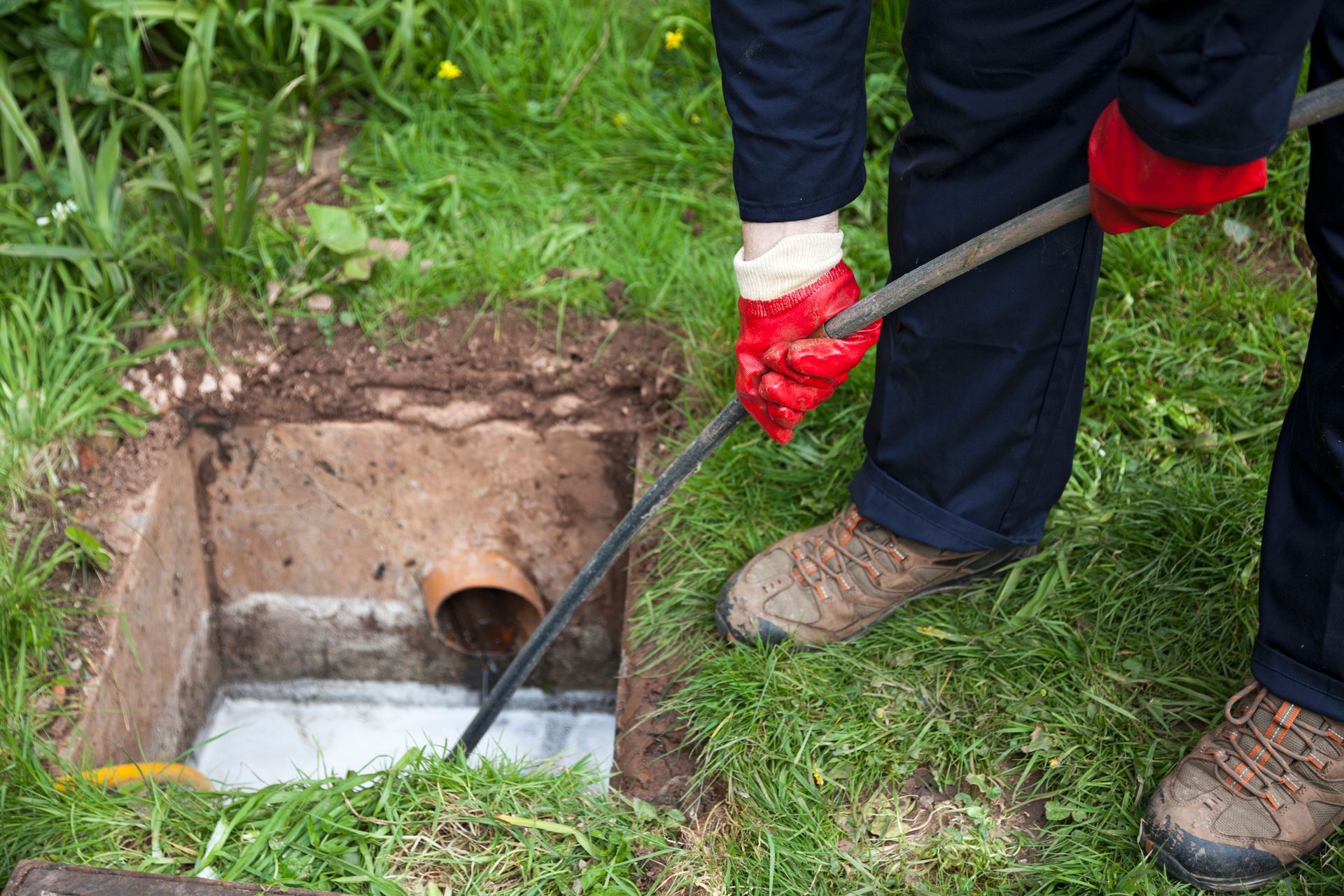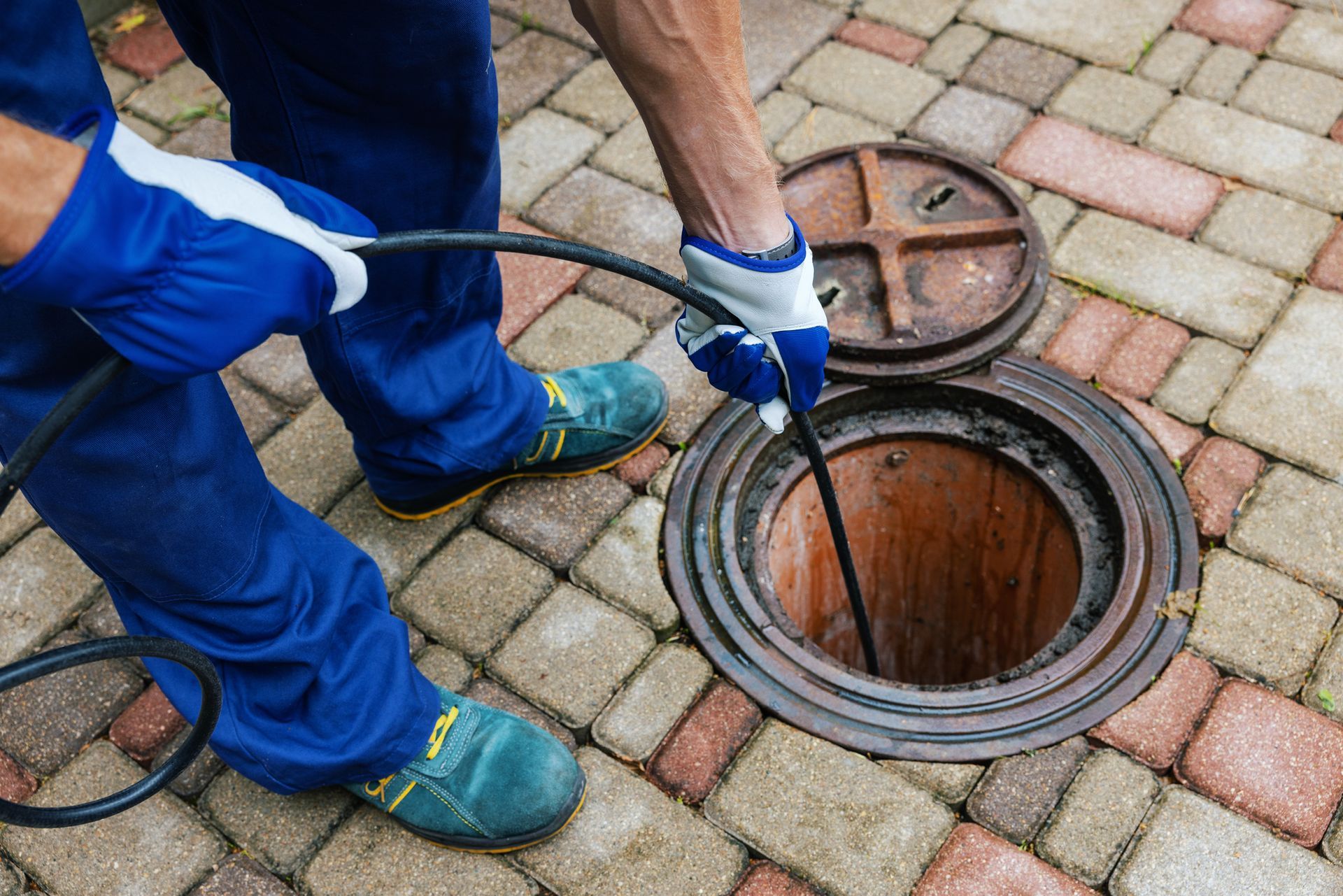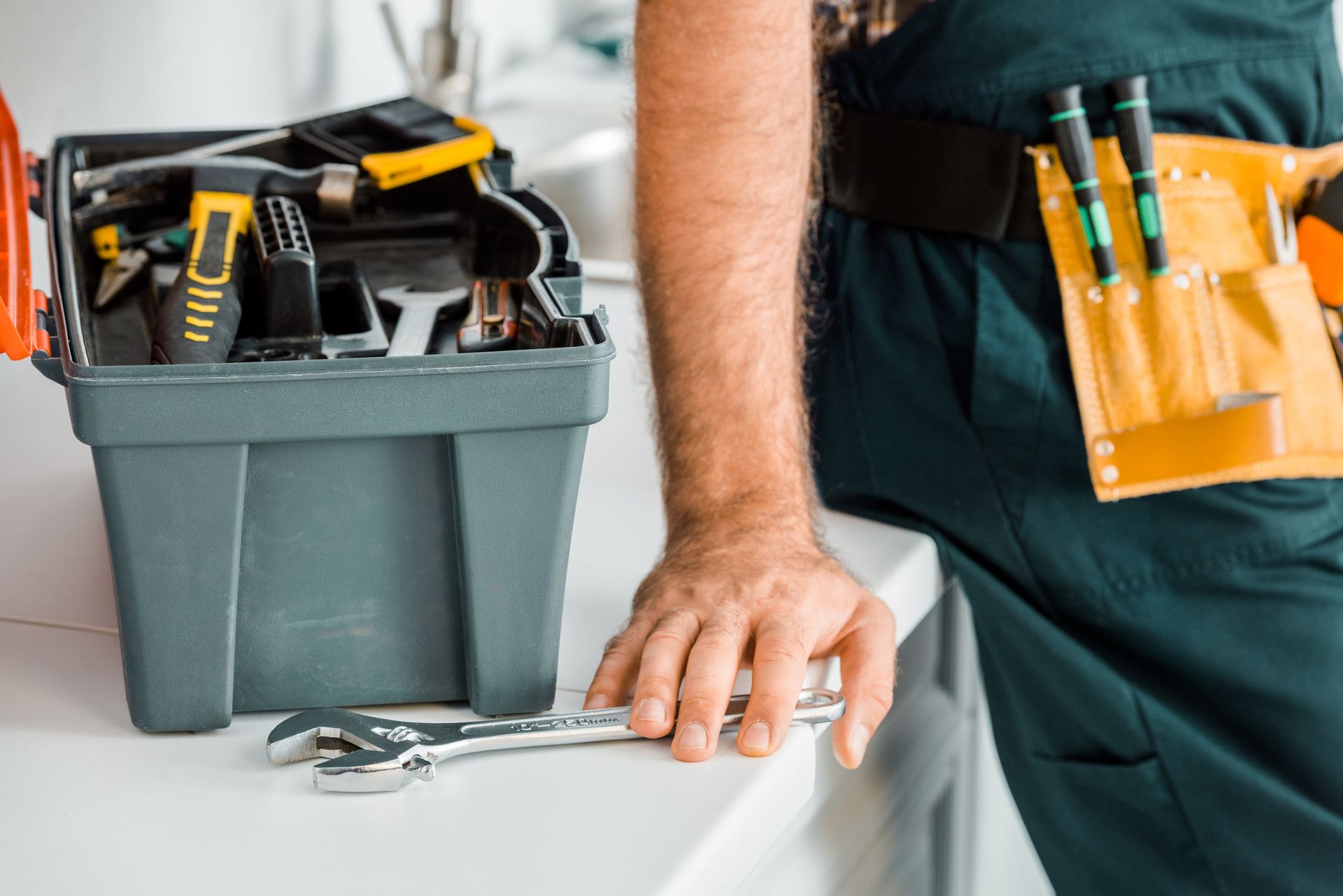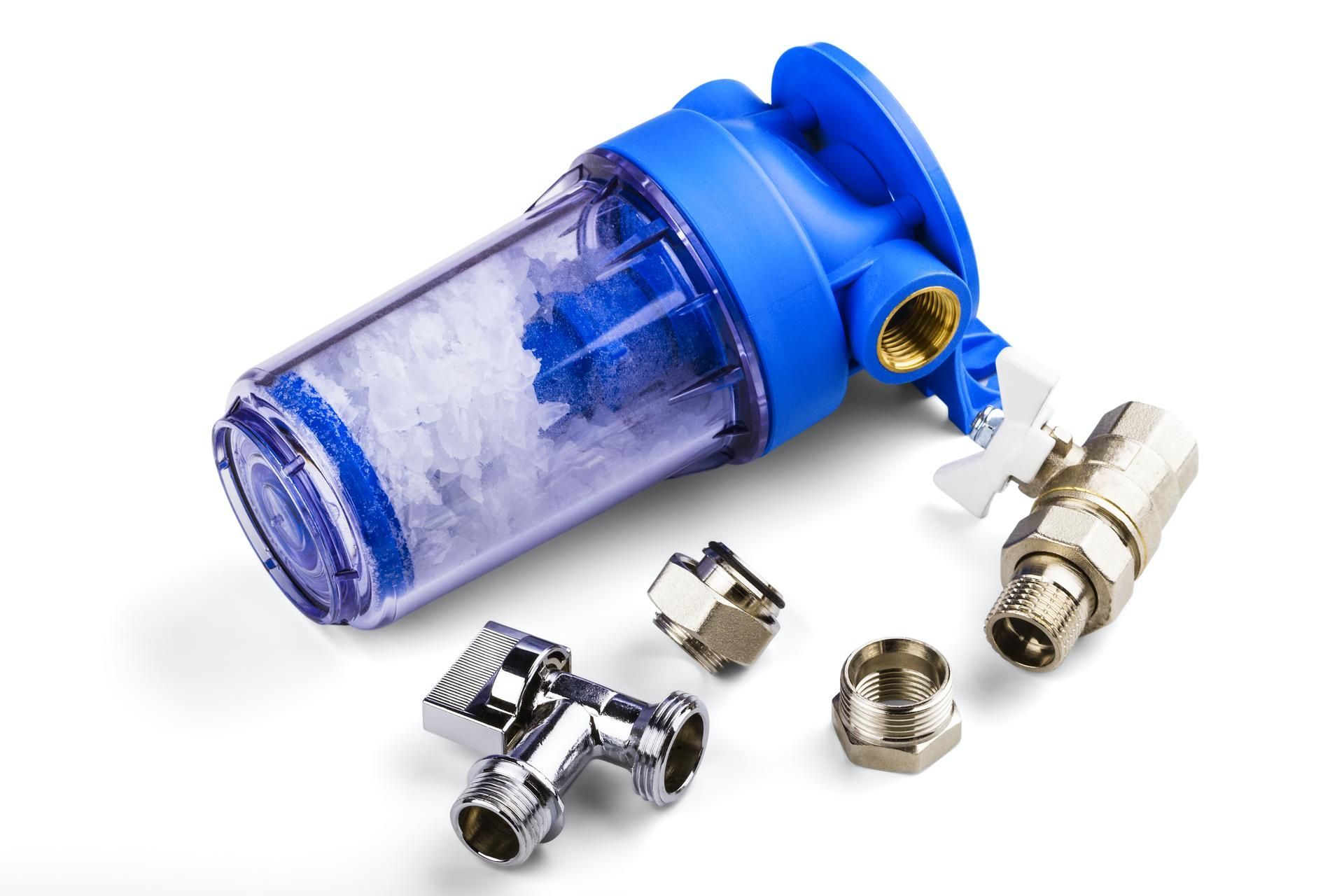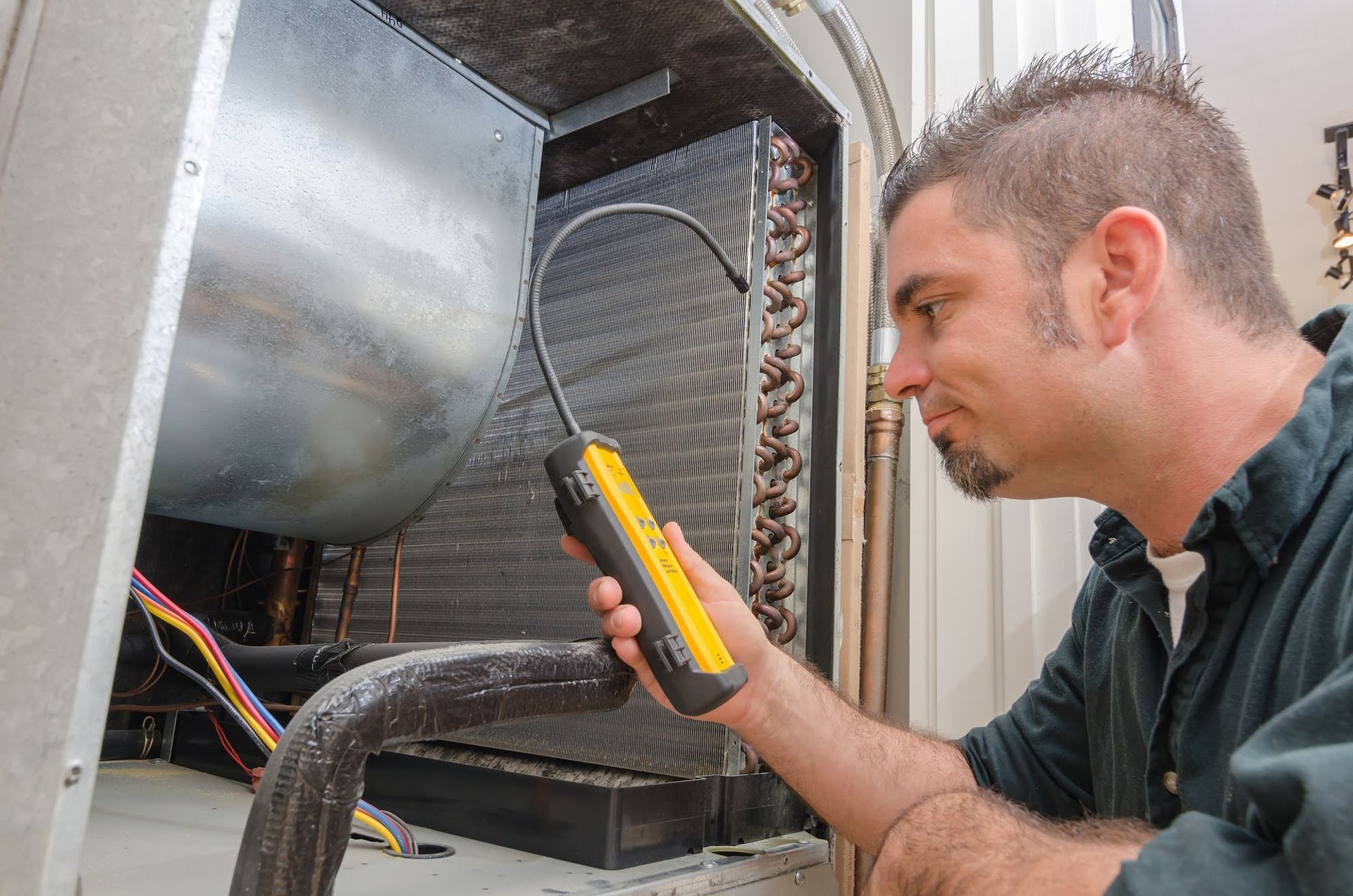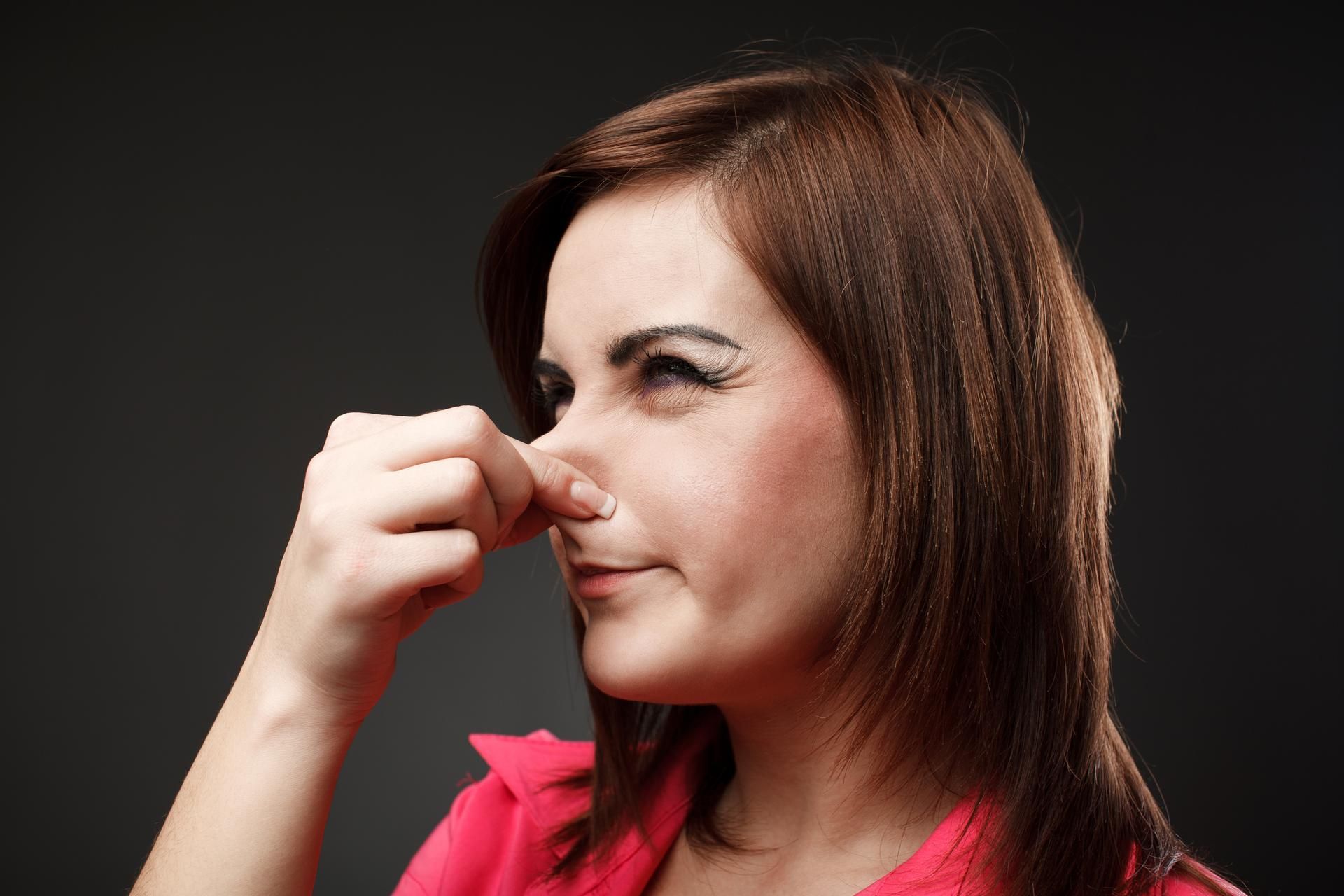5 Home Maintenance Tips for Healthier Indoor Air
5 Home Maintenance Tips for Healthier Indoor Air
Have you noticed an increase in your family's health issues? Maybe you can smell an odor that wasn't there before? If so, you probably have a problem with your home's indoor air quality. Indoor pollutants such as radon gas, biological contaminants, high humidity, dander, and harmful gases pose great danger to your family. High levels of indoor pollutants cause health complications, ranging from fatigue, eye/skin irritation, allergic reactions, headaches, and dizziness to more serious illnesses.
Preventive measures can protect your family's health and improve comfort levels in your home. Read on for some simple ideas to improve your home's indoor air.
1. Change HVAC Air Filters Regularly
An HVAC unit can keep your home's indoor air healthy and enhance comfort levels. Air filters within the system trap pollutants including dust particles, mold, and pet dander. With time, the filters collect a lot of dirt and require cleaning or replacement.
A regular change of air filters allows clean air through the vent system. You enjoy great indoor air quality when the air filters are in tiptop shape. A change of air filters once a year isn't enough to keep your indoors healthy. Schedule more air filter changes to maintain safer indoor space.
2. Install an Air Purifier
An air purifier is a smart idea if you want to improve indoor air quality. The appliance gets rid of pollutants, toxins and allergens to sanitize indoor air. Some models of purifiers use filters to trap particles, while others use more sophisticated technology to target and neutralize specific pollutants.
If you or a loved one suffers from allergies, an ionic purifier can help capture the irritants responsible for your respiratory symptoms. Air purifiers complement other air cleaning systems you might have in the house.
3. Install a Kitchen Vent/Range Hood
The kitchen is a primary source of indoor pollutants. Fossil fuels which are the major source of energy release harmful gases, such as carbon monoxide into the indoor air. Electric stoves also generate such pollutants but in lower quantities.
One way to clean up indoor air is through the use of an exhaust vent or a range hood. Vents and range hoods help remove exhaust gases, chemicals, and smoke out of your kitchen. The systems prevent circulation of pollutants into other rooms.
4. Clean the Air Ducts
Air ducts circulate air from your HVAC system throughout your home. If the air ducts are clean, you always get quality air into the rooms. Preventive maintenance of the air ducts removes allergens and irritants such as bacteria, pollen, pet dander, mildew, mold spores, and similar toxins that would otherwise circulate in your home. Such contaminants can also cause odors and unpleasant smells in your house. If you notice unusual odors in any room, it's time to have the air ducts inspected and cleaned.
5. Reduce Humidity Levels
High humidity levels in your home can cause health problems for your family by promoting growth of toxic mold and mildew. Mold causes respiratory health problems and eye and skin irritation. The first step to reduce high humidity levels is the use of an indoor air quality monitor. You can maintain healthy levels of humidity through proper heating, ventilation, and minimizing activities that generate lots of moisture. Other solutions include installation of a dehumidifier and fixing potential leaks.
If you notice any signs of poor indoor air quality, get immediate remediation to avoid serious health problems. At Garden Spot Mechanical, we offer multiple HVAC solutions around Manheim, PA to improve indoor air quality. Contact us today for residential, commercial and industrial heating, ventilation, air purification, cooling, and air conditioning solutions.

